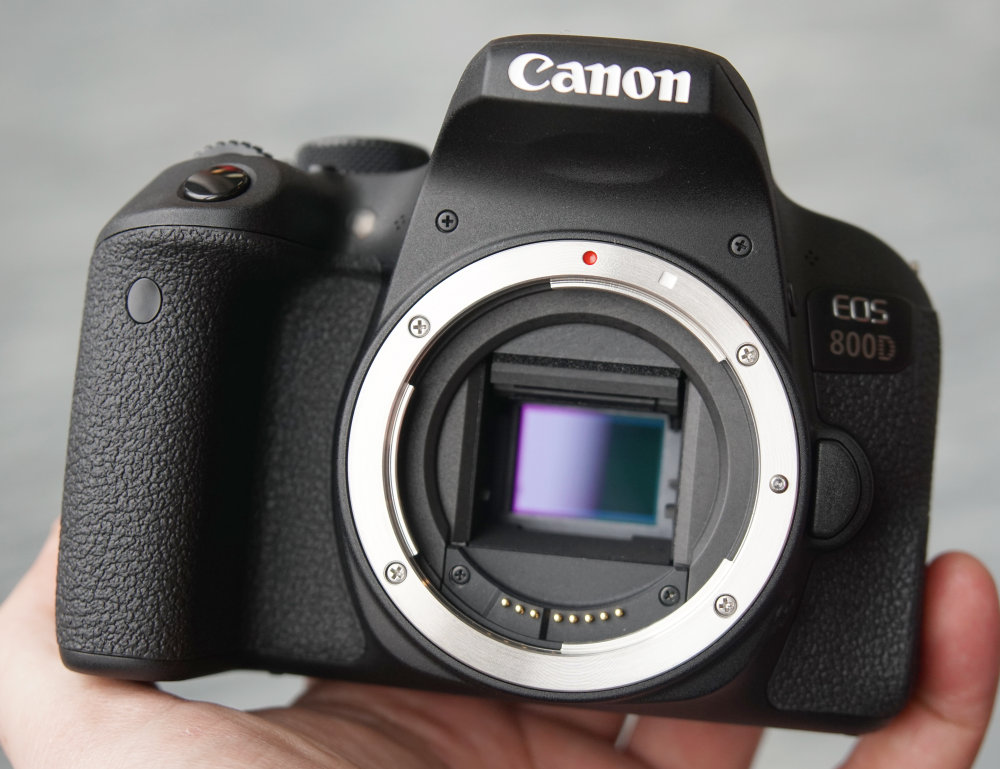Comparing home security options can be a daunting task, especially with the multitude of smart security cameras available on the market. Two popular choices among consumers are Blink and Ring cameras, both of which offer a range of products designed to enhance home security. In this article, we will delve into a detailed comparison between Blink and Ring cameras, considering features, pricing, and usability to help homeowners make an informed decision that best suits their security needs.
Feature Comparison: Blink vs Ring Cameras
Video Quality and Performance
When it comes to video quality, both Blink and Ring offer cameras with high-definition recording capabilities. Blink cameras, such as the Blink XT2, typically support 1080p resolution with infrared night vision, providing clear footage both day and night. Ring also offers 1080p cameras like the Ring Stick Up Cam, with some models, such as the Ring Floodlight Cam, boasting additional features like integrated floodlights for enhanced night vision.
Motion detection is another important feature for security cameras. Blink cameras provide customizable motion zones and a temperature sensor that helps reduce false alarms. Ring cameras also allow for motion zone customization and go a step further by offering advanced motion detection with person alerts, which helps differentiate between human movement and other motion triggers.
Power Options and Battery Life
Blink cameras are known for their extended battery life, with the Blink XT2 claiming up to two years on a single set of AA lithium batteries, depending on usage. This makes Blink an attractive option for those looking for low-maintenance, wire-free cameras. Ring offers both hardwired and battery-powered options, like the Ring Spotlight Cam Battery, which has a rechargeable battery pack. Ring’s battery life is generally shorter than Blink’s, with an expected lifespan of several months per charge.
Integration and Smart Home Compatibility
Both brands offer integration with smart home ecosystems. Blink cameras are compatible with Amazon Alexa, allowing for voice control and integration with other smart devices in the Alexa ecosystem. Ring, which is also owned by Amazon, offers similar Alexa integration, but additionally provides a more robust feature set within the Ring app itself, including the Neighbors by Ring feature, which shares real-time crime and safety alerts from neighbors and local law enforcement.

Pricing and Subscription Services
Initial Cost and Bundles
Blink cameras tend to be more budget-friendly, with a lower initial cost for individual cameras and multi-camera bundles. Ring cameras can be more expensive, but often justify the higher price with additional features and accessories. Both brands provide various bundle options, which can offer better value for those looking to secure larger properties with multiple cameras.
Cloud Storage and Plan Options
To access video recordings and additional features, both Blink and Ring offer subscription-based cloud storage plans. Blink’s plans are relatively inexpensive, with free options for saving a limited number of video clips on newer models and a low-cost subscription for extended storage. Ring’s subscription plans, the Ring Protect plans, offer a wider range of options, including a basic plan for individual cameras, a plus plan for multiple devices, and a pro plan with extra features like professional monitoring and internet backup.

User Experience and Ease of Installation
Setting Up Your Security System
Blink and Ring cameras are designed with user-friendly installation in mind. Blink cameras are lightweight and easy to mount, making them a good choice for renters or people who prefer a less permanent setup. Ring cameras, while also user-friendly, may require more involved installation, especially for hardwired models or those with additional features like floodlights.
App Interface and Control
The user experience extends to the app interface, where homeowners interact with their cameras and view recordings. Blink’s app is straightforward and intuitive, focusing on essential functions like live view, motion alerts, and video playback. Ring’s app is more feature-rich, offering a dashboard with quick access to live views, event history, and neighborhood alerts, as well as settings for device control and monitoring.

After-Sale Support and Community Engagement
Customer Service and Warranty
Both Blink and Ring offer customer support through various channels, including email, phone, and online resources. Warranty periods for both brands are competitive, with Blink offering a one-year limited warranty and Ring offering a one-year warranty on most devices, with an extended warranty available through the Protect Plus plan.
Community Features and Brand Reputation
Ring’s Neighbors by Ring feature sets it apart in terms of community engagement, allowing users to share footage and receive safety alerts. This community-focused approach has helped Ring build a strong brand reputation as a neighborhood watch tool. Blink doesn’t offer a similar community feature, but maintains a positive reputation for providing reliable, no-frills security cameras at an affordable price point.

Long-Term Considerations: Durability and Upgrades
Maintaining Your Security Investment
When investing in a home security system, considering the longevity and durability of the cameras is crucial. Blink boasts a strong track record for producing weather-resistant cameras that are suitable for both indoor and outdoor use, which means they can withstand various weather conditions over time. Ring also offers durable cameras with weather-resistant designs, and with the added bonus of offering devices that come with built-in lights and sirens, Ring’s cameras are built to be a more visible deterrent over time.
As technology advances, updating your home security system to the latest models can ensure you continue to benefit from new features and improvements. Both Blink and Ring periodically release updated camera models and offer systems that allow for easy integration of additional cameras. This means that you can start with a modest setup and expand your system as needed, without the worry of having to replace your entire setup with each technological advancement.

Adapting to Future Security Needs
As your family or business grows, your security needs may change. Both Blink and Ring offer modular systems that can adapt to these changing needs. Whether you need to add more cameras, integrate additional home security devices, or upgrade to newer models with advanced features, both brands provide a pathway for growth. Particularly for Ring users, the ability to add extra devices like smart lights, door sensors, and alarm systems means you can build a comprehensive ecosystem that covers all aspects of home security. Blink’s more straightforward system is ideal for users who prefer simplicity and may not require an extensive network of devices.
In conclusion, both Blink and Ring offer reliable home security camera options with their own set of strengths. Blink stands out for its affordability, ease of use, and long battery life, making it an excellent choice for budget-conscious consumers and those desiring a fuss-free setup. Ring, on the other hand, shines with its comprehensive features, integration capabilities, and community-focused approach, appealing to those who want a robust and more connected home security system. By considering your specific security needs, budget constraints, and desired features, you can determine whether Blink or Ring is the right choice for protecting your home.